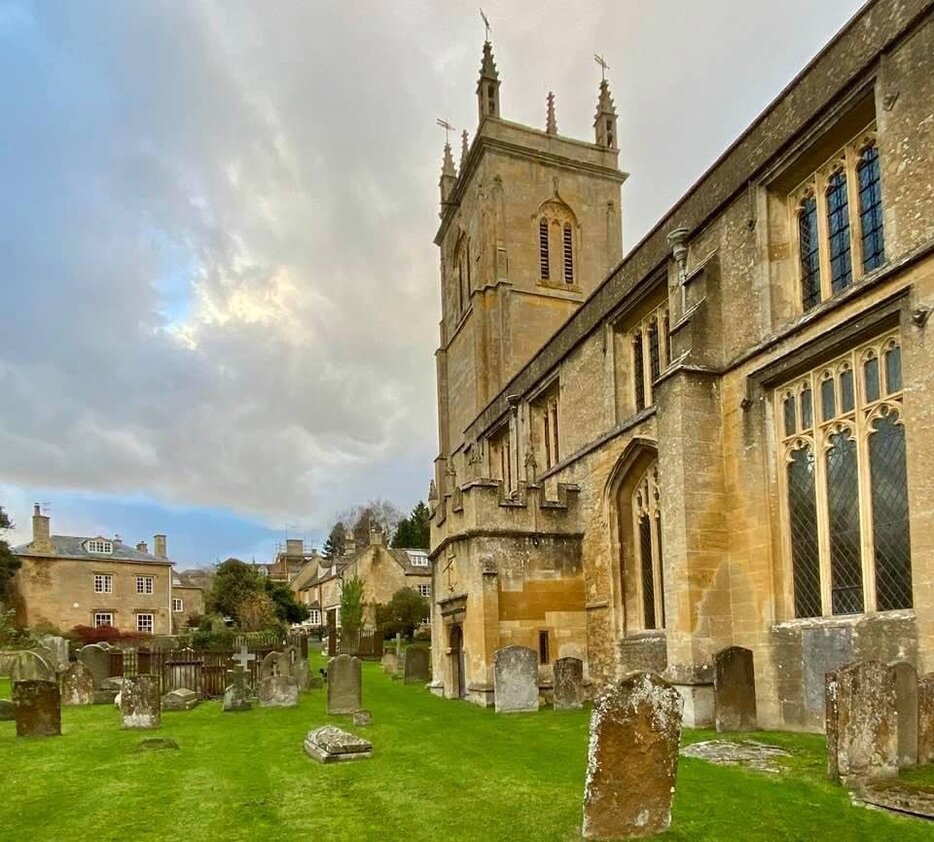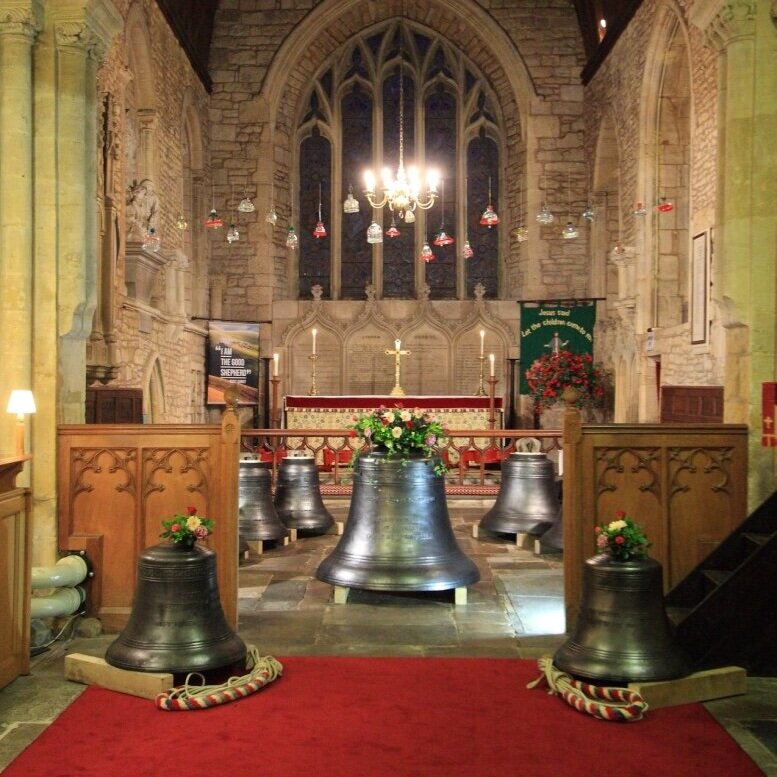History
The church of St Peter & St Paul dates from the late Norman period, and was built in about 1180. The four walls of the chancel, and in the east, south and west walls of the nave, date from that era.
The church is used as St Mary's Roman Catholic church in the Father Brown television series and the vicarage as the presbytery, Father Brown's residence.
Did you know… Blockley used to be spelled differently? Bloccanleah (9th cent.); Blochlei (11th cent.); Blocclea (12th cent.); Blockelegh (13th cent.).
Find Out more:
BLOCKLEY (St. Peter and St. Paul), a parish, in the union of Shipston, Upper division of the hundred of Oswaldslow, Blockley and E. divisions of the county of Worcester, 3¼ miles (N. W. by W.) from Moreton; surrounded by Gloucestershire and a small portion of Warwickshire; comprising the townships of Blockley, and the hamlets of Aston Magna, Dorne, Ditchford, Draycot, and Paxford; and containing 2136 inhabitants, of whom 1412 are in the township of Blockley. It consists of 7571 acres, of which 3190 are arable, 4035 meadow and pasture, and 341 wood; the soil is rich and fertile. The surface is irregular and undulated, and the scenery produced by its shady groves, fruitful vales, and sloping hills, is very pleasing: the land is in good cultivation. There are several silk-mills, worked by small streams which rise in Dovedale, a short distance hence. Fairs are held on the Tuesday next after Easter-week, for cattle, and Oct. 10th, for hiring servants; a manorial court is occasionally held under the Bishop of Worcester, who is lord of the manor, and the petty-sessions for the division are held here.
A Topographical Dictionary of England by Samuel Lewis (1848)
More photos…
Key dates
Full of human interest and interwoven with the people of this place for more than a thousand years, the church has survived good times and bad, and in the process has been altered, extended, and embellished.
800 AD approx: The first church was founded
855: Documentary evidence shows that Burgred of Mercia sold Blockley to Bishop Alwhine of Worcester, with its established Minster church
1064: Saint Wulfstan and the “Blockley Miracle”
1189: Completion of Norman Minster, begun perhaps 100 years before. The chancel walls, west end wall, nave lower walls, and arch of south porch are still visible
1330-1380 approx: The north aisle was built, and many of the windows were replaced
1630: The clerestory was added to the nave, with timber four-centred roof trusses, and the chantry chapel became a vestry with curate's accommodation above it. The first bells were hung.
1727: The Norman tower threatened collapse and was replaced with present tower
Late 18th century: Galleries in Nave and North Aisle West end were built to accommodate the expanding population working in the silk trade
1860 – 1870: The organ was installed in the choir, built from parts of Lord Northwick's organ from Thirlestane House dating from mid-18th century
1925: Galleries and box pews were removed, and the organ moved
1990: New oak pews were installed in the nave
2000-2005: The chancel was restored
2010: Mediaeval and 17th century windows to the south nave were renovated
2016: The roof of the tower was replaced and the tower stonework repointed
A Peal of Ten Bells hangs in the tower. The 6th and the 7th are the earliest and were hung in 1638 during the reign of Charles 1st. The 6th is tuned to A and carries the motto ‘GOD SAVE THE KING 1638’, whilst the 7th, tuned to G, bears the motto ‘HENRY BAGLEE MADE ME 1638’. The heaviest of the peal is the Tenor weighing 16 ¼cwt, and the lightest, added in 1894, is the Treble which weighs 4 ½cwt and bears the motto ‘CALL A SOLEMN ASSEMBLY’. The original peal of eight bells was re-hung in 2017/8 with the addition of two new bells - a Treble and the Second.
Like all ancient buildings, there is still work to be done. We would like to convert the base of the tower to provide a new kitchen and a toilet whilst re-ordering part of the nave. Read about our plans here.








